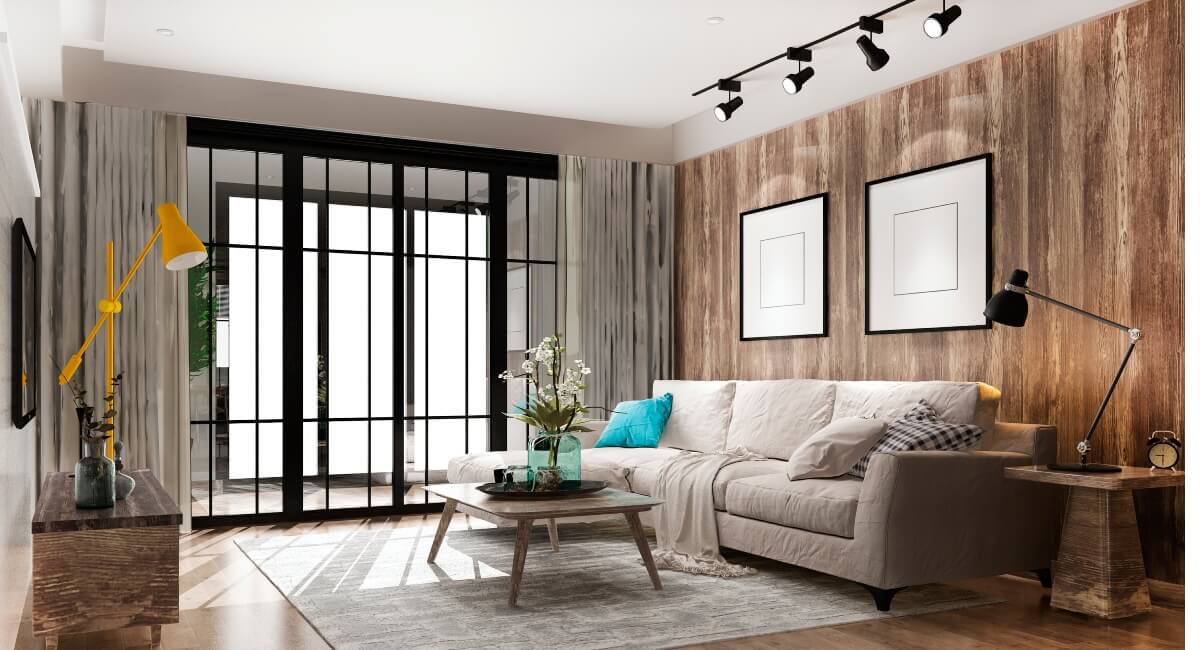Our homes are our sanctuaries. They are where we go to relax, unwind, and recharge after a long day. But did you know that the way you design and decorate your home can actually have a significant impact on your mood? The psychology of interior design is a fascinating subject that explores the connection between our environment and our emotions. In this article, we will explore the different ways that your home affects your mood, and provide tips for creating a space that enhances your mental wellbeing.
Colors and Mood
One of the most important factors in interior design is color. The colors you choose for your walls, furniture, and decor can have a significant impact on your mood. Warm colors such as red, orange, and yellow can evoke feelings of warmth and happiness, while cool colors such as blue and green can create a calming and relaxing atmosphere. Color psychology is a complex subject that explores the emotional effects of different colors and how they can be used in interior design to enhance mood.
Lighting and Mood
Lighting is another important element in interior design that can have a significant impact on your mood. Natural light is known to boost mood and productivity, while artificial lighting can cause eye strain and headaches. The use of lighting design techniques such as dimmers, accent lighting, and task lighting can create a mood-enhancing environment that is both functional and beautiful.
Texture and Mood
Texture is another important factor in interior design that can impact mood. Soft textures such as plush carpets, velvet curtains, and soft blankets can create a cozy and comforting atmosphere, while hard textures such as metal and glass can create a more industrial and modern feel. Incorporating a variety of textures in your interior design can create a dynamic and interesting space that enhances mood.
Space and Mood
The way you arrange your furniture and the amount of open space in your home can also have a significant impact on your mood. Open spaces with plenty of natural light can create a feeling of spaciousness and freedom, while cluttered spaces can create a feeling of anxiety and stress. Creating a balanced space that is both functional and aesthetically pleasing can enhance mood and improve overall wellbeing.
Personalization and Mood
Personalization is an important aspect of interior design that can enhance mood. Adding personal touches such as family photos, artwork, and favorite decor items can create a sense of belonging and comfort. However, it is important to balance personalization with a cohesive design that creates a harmonious and aesthetically pleasing environment.
Conclusion
By understanding the impact of color, lighting, texture, space, and personalization on mood, you can create a space that enhances your mental wellbeing and promotes a sense of calm and relaxation. By following these tips and embracing the psychology of interior design, you can transform your home into a sanctuary that promotes happiness and overall wellbeing.
